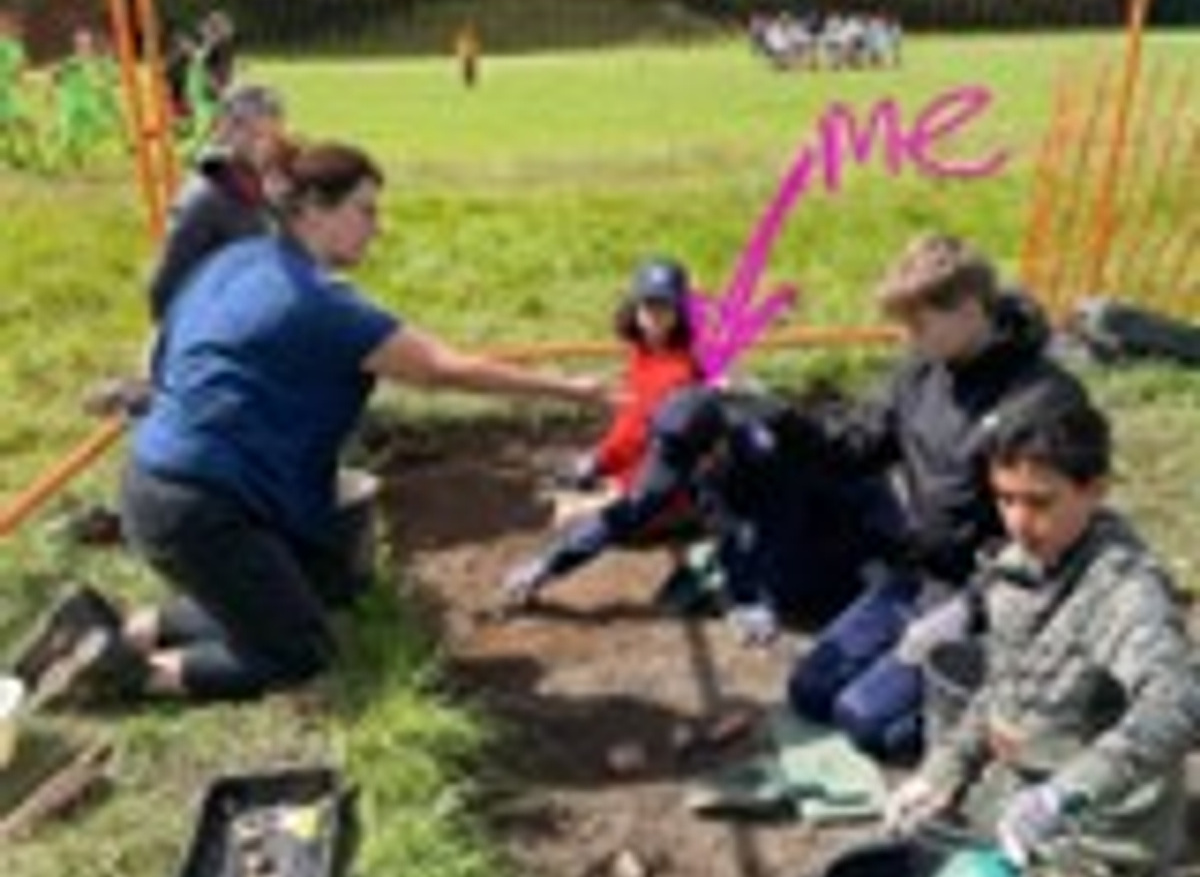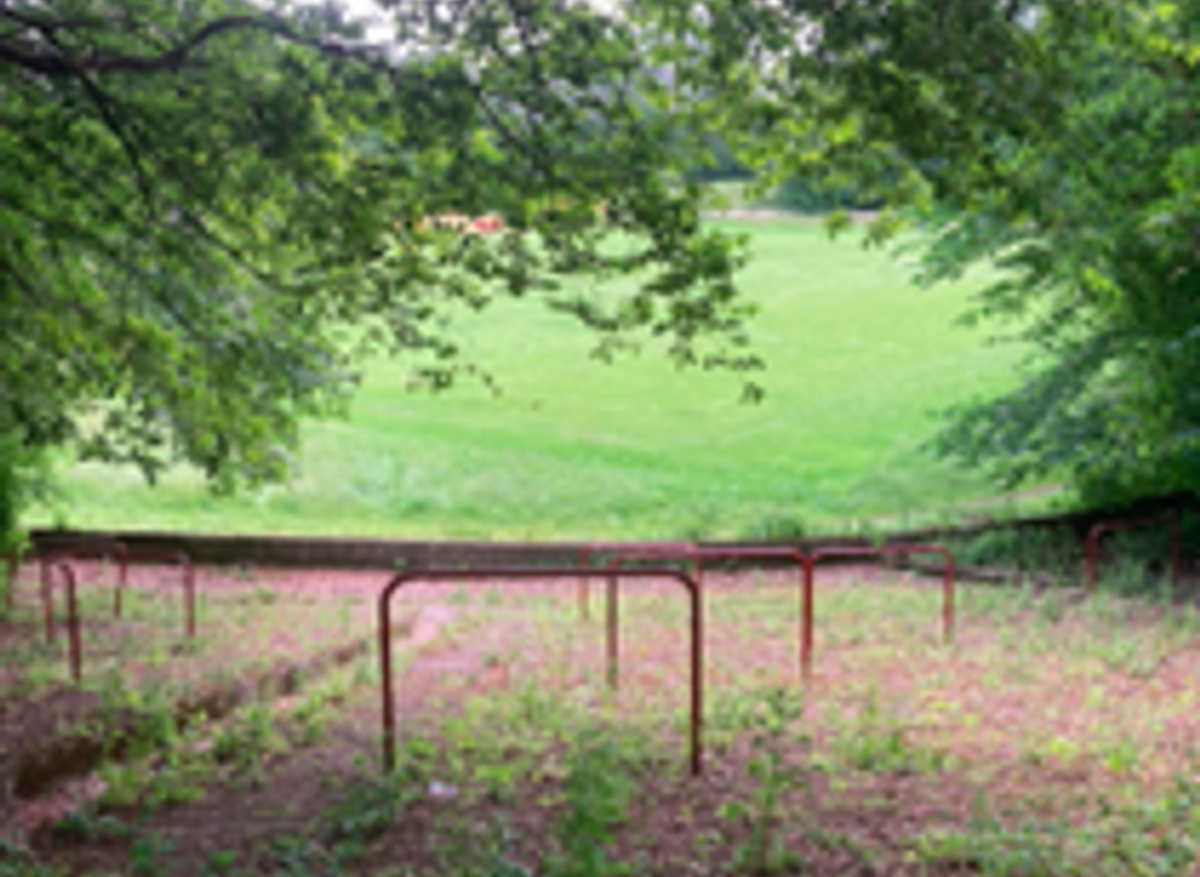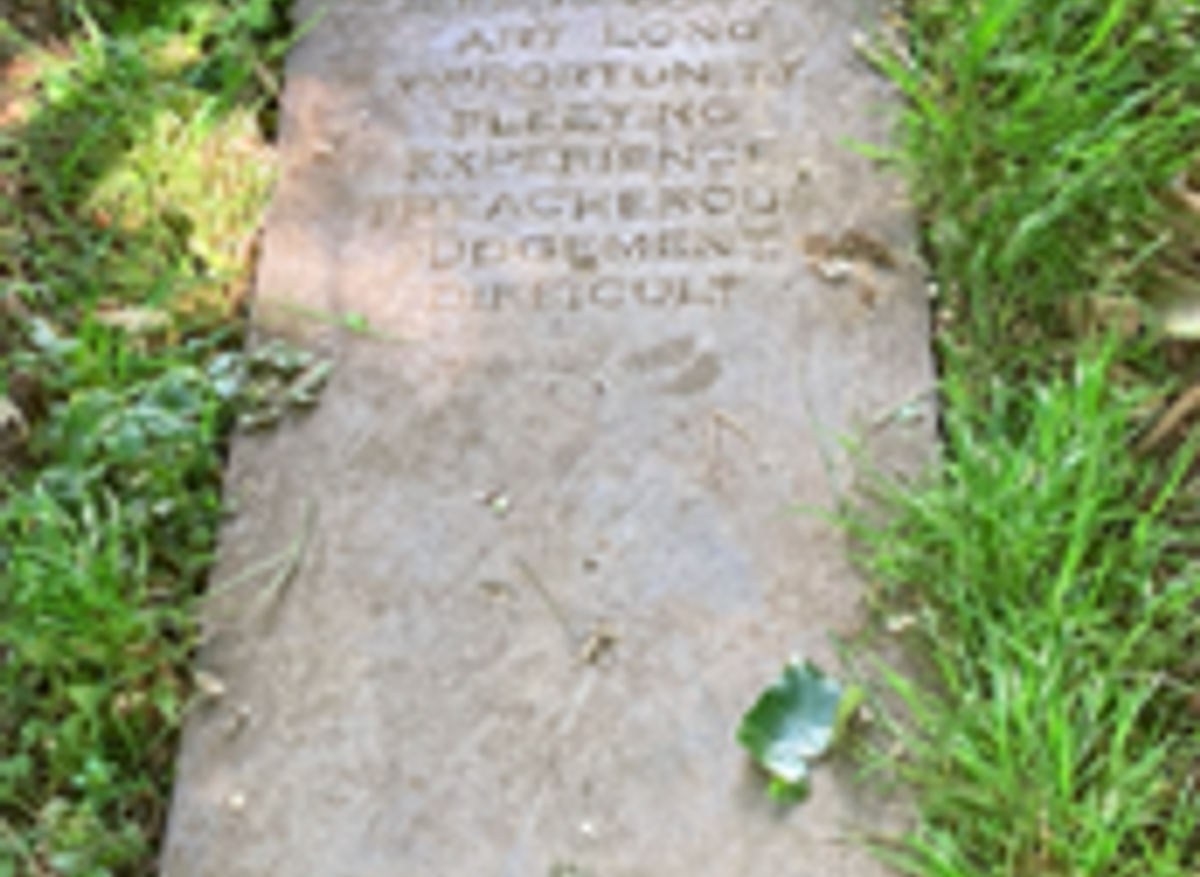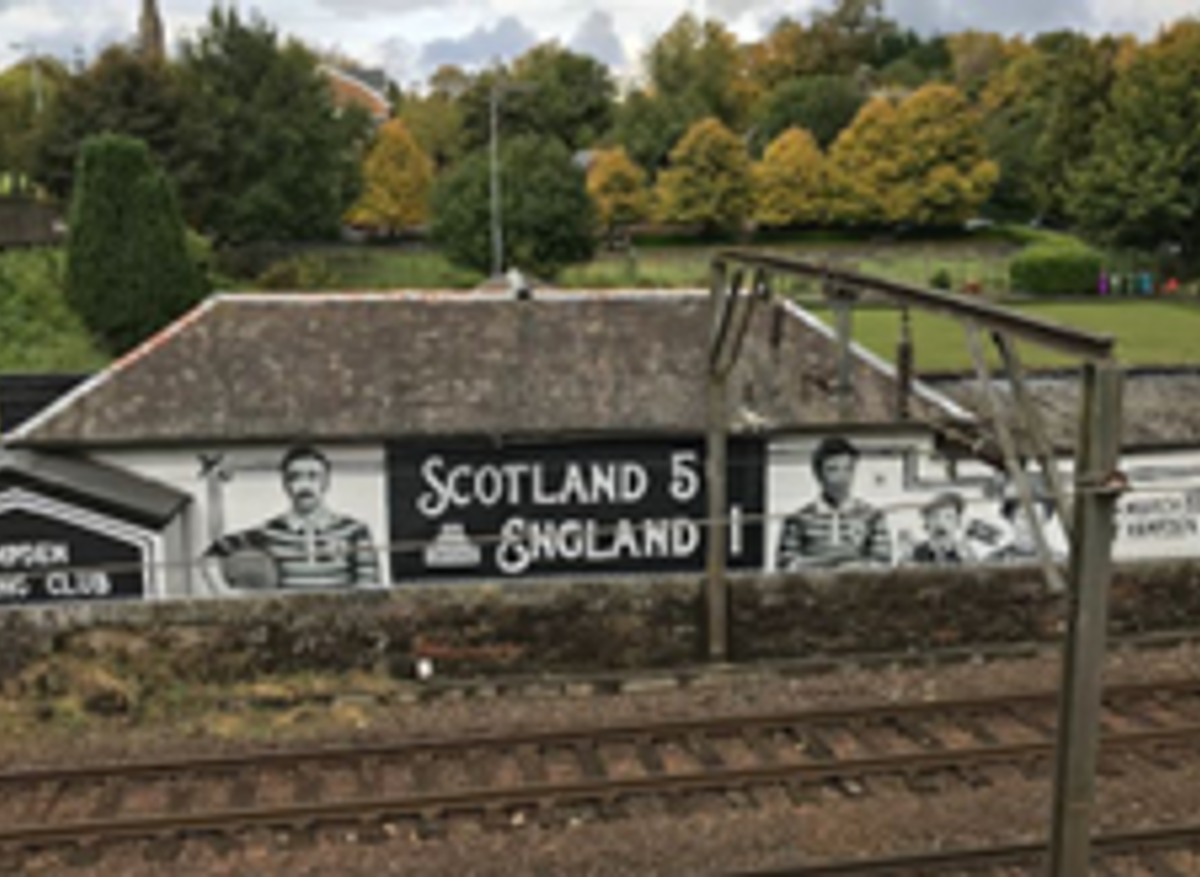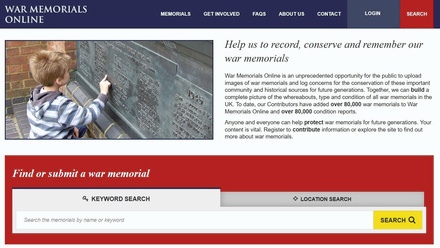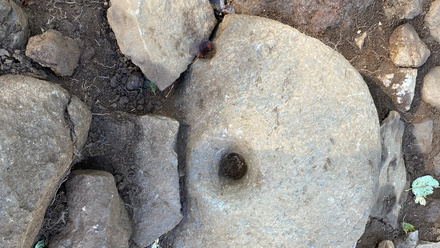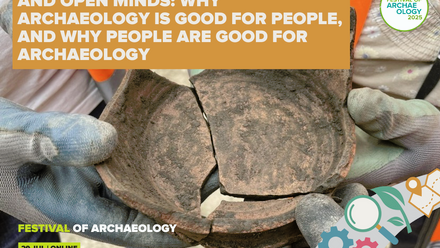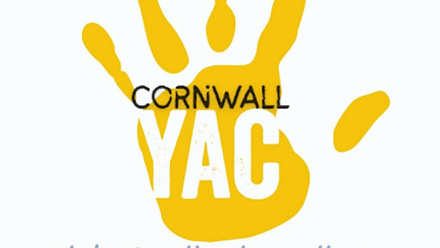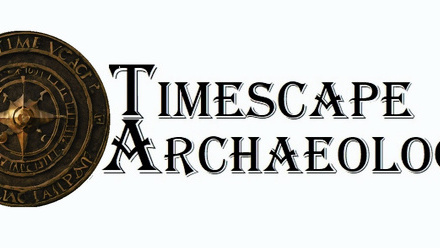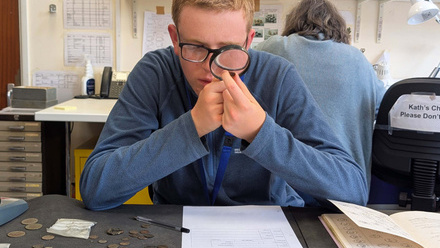We are so often given a picture of archaeology as encountering the deep, ancient past but the Cathkin Park dig gave me insight into contemporary archaeology, uncovering the lives of those not so distant from us. From remnants of can lids to an entire pavilion, the lost signs of people were willfully revived.
The first part of the dig was the ‘getting stuck in’ part where we practised using a trowel and immersing ourselves in the excavating experience. Admirable finds were some glass shards, a bottle top, and orange ground (inferred to be a cycle track). The excitement of unearthing the past was slightly more than the actual objects themselves.
As the day went on, we observed the beautifully eerie terraces of the football stadium, all abandoned and swamped in overgrowth. It was mesmerizing to hear about the histories and whereabouts of people there and the vibrant eagerness that once filled the stadium. There was a certain gratitude expressed by football lovers and relatives towards the archaeologists at Cathkin. Some visited and some even were happy to join in with the excavation.
An absurd enigma was a plaque, slightly hidden in the grass, with an inscription on it that read: ‘Life is short. Art long. Opportunity fleeting. Experience treacherous. Judgement difficult.’ It remained unknown as to what it meant, who had put it there, and why it had been placed there. Nonetheless, it was enriching to observe and absorb such an open-ended sign, right by this monumental football ground.
We were taken to the Hampden Bowling Club- not football, right? Well, this club was actually the first Hampden Park, the historic site of the Scottish Cup finals. It held mighty pride in its flourishing sports history with a large print of: Scotland 5: England 1. It depicted Andrew Watson, considered to be the world’s first Black international footballer, who, on his debut, led Scotland to this awesome victory over England. Hearing about Watson’s legacy was indispensable to my understanding of Scottish football history.
Later on in the day, I was fortunate enough to work on the pavilion site where I ‘attempted’ to sketch pictures of a certain context (the place where an artefact is found). Essentially, I was drawing pictures of the bricks on the site. It was a meticulous and new experience that made me realise the great variety of jobs that constitute a dig. I also have my name recorded on a piece of paper now for historical eternity, so I was pretty chuffed.
At the end of the day, we congregated to confirm all the spectacular finds of the day. There was a piece of tile that was red and white, matching the exact colours of the Third Lanark football team. Also, a first aid tin, reddening through the musty earth it had been buried under.
I found education, happiness, and commitment in the day. The whole team was incredibly dedicated, and I was thankful to have the wonder of meeting such devoted archaeologists. Thank you, the spirit of Cathkin Park lives on!
Contact details
Holly
Young Archaeologists' Club

